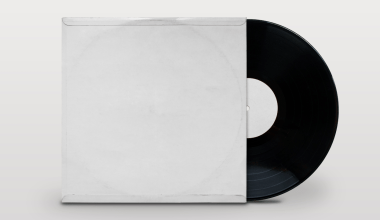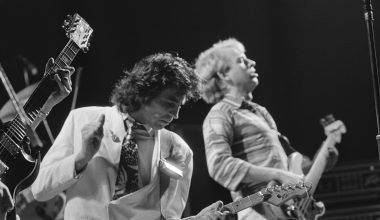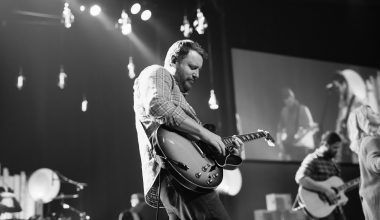Have you ever wondered how many songs are on an EP? If you’re a music lover or an artist looking to release your own tracks, understanding EPs is essential. An EP, or Extended Play, is one of the most popular formats for music releases, sitting comfortably between a single and a full-length album. But what’s the magic number when it comes to the number of songs on an EP? Let’s dive deep into this fascinating topic.
What Is an EP?
Before we answer the question, let’s define what an EP is. EP stands for Extended Play, a term that originated from the vinyl era. Back then, an EP was a smaller record with more songs than a single but fewer than an album. Today, the concept remains largely the same. It’s a versatile format, perfect for showcasing an artist’s creativity without committing to a full-length album.
The Typical Number of Songs on an EP
So, how many songs are on an EP? Generally, an EP contains 4 to 6 tracks. This range offers a balance: it’s enough to give listeners a taste of an artist’s style but not so many that it feels like an album. For example, if an artist has just started out, releasing an EP can be a great way to introduce their sound without overwhelming the audience.
Why 4 to 6 Tracks?
There’s a practical reason for this number. Four to six songs can fit comfortably within the 15-to-30-minute time frame that defines most EPs. It’s long enough to hold attention but short enough to leave listeners wanting more. Moreover, this range aligns with industry standards set by organizations like Spotify and Apple Music.
Exceptions to the Rule
While 4 to 6 tracks is the standard, there’s no hard-and-fast rule. Some EPs may have as few as three songs, especially in genres like electronic music, where tracks tend to be longer. On the other hand, some EPs stretch to seven or even eight tracks if the total run time stays within 30 minutes.
EP vs. Album: What’s the Difference?
Now that we’ve covered how many songs are on an EP, it’s worth exploring how EPs differ from albums. The main difference lies in the length. Albums typically have 10 or more songs and run over 30 minutes. In contrast, EPs are shorter and more concise. Think of an EP as a snapshot, while an album is a full story.
The Role of EPs in Music
EPs have become increasingly popular in today’s music world. Why? They’re affordable to produce, quicker to release, and perfect for building momentum. For emerging artists, an EP is often the first step toward establishing a fanbase. For established acts, it’s a way to experiment or keep fans engaged between albums.
Famous EP Examples
Many iconic artists have released EPs. For example, The Beatles’ “Twist and Shout” EP and Billie Eilish’s “Don’t Smile at Me” have left lasting impressions. These EPs showcase the versatility and creativity the format allows.
Creating Your Own EP
If you’re an artist wondering how many songs to include on your EP, here are a few tips:
- Focus on Quality: Each song should contribute to the EP’s overall theme or vibe.
- Consider Your Genre: Some genres favor longer or shorter EPs.
- Think About Your Goals: Are you introducing yourself to listeners or experimenting with new sounds?
Conclusion
So, how many songs are on an EP? The sweet spot is usually 4 to 6 tracks, but flexibility is key. Whether you’re an artist or a fan, EPs offer a unique way to experience music. They’re concise yet impactful, making them an essential part of the musical landscape. Whether you’re creating an EP or simply enjoying one, now you know what to expect—and why they matter so much.
For further reading, explore these related articles:
- Jennie’s “Solo” Journey: A Global K-pop Sensation
- Led Zeppelin: The Story of Rock Legends Everyone Should Know
For additional resources on music marketing and distribution, visit DMT Records Pvt. Ltd..






